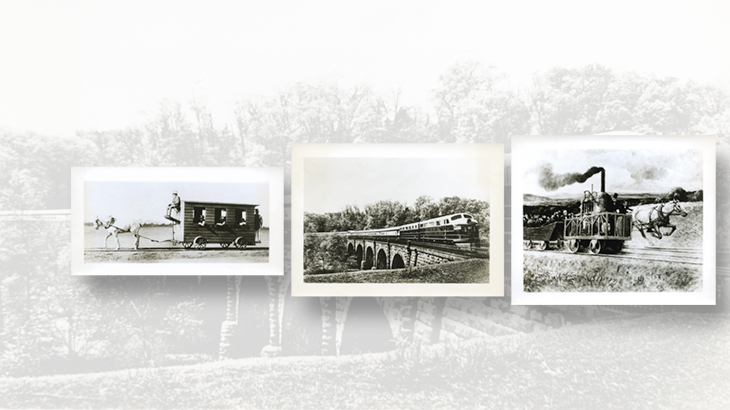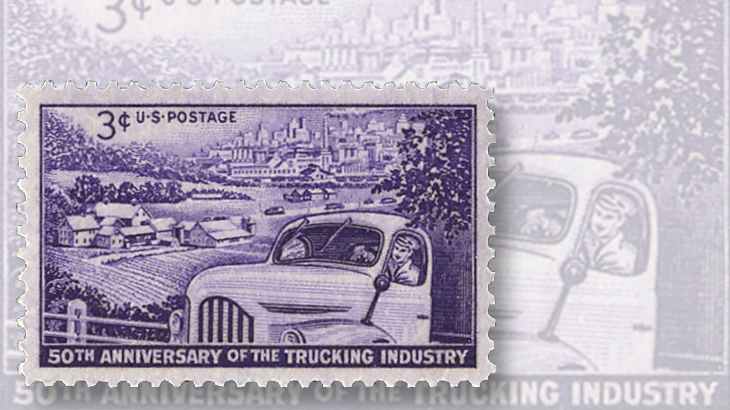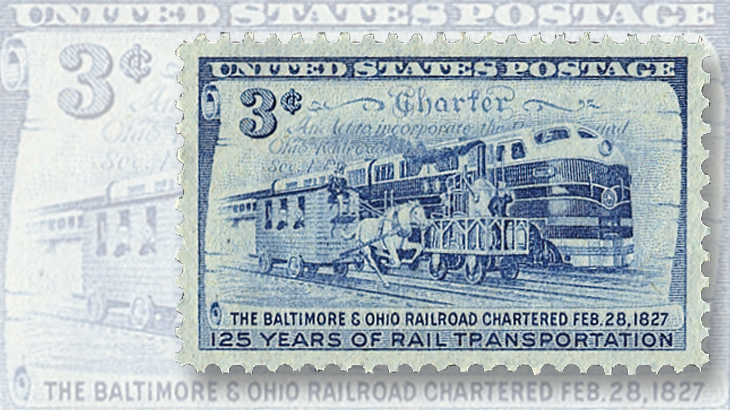US Stamps
How the 1952 Commercial Railroading stamp annoyed a trucking company
U.S. Stamp Notes — By John M. Hotchner
The announcement of a 1952 3¢ stamp featuring rail transportation (Scott 1006) caused some excitement at the headquarters of the Post Office Department.
While the POD generally was happy to get any free publicity for stamps being issued, this one generated a lawsuit that threatened to derail the first day of this commemorative.
Atlantic Freight Lines Inc., a trucking firm in Uniontown, Pa., filed for an injunction to cancel the planned issuance of the stamp. Atlantic claimed that the stamp would be advertising one of its competitors.
Connect with Linn’s Stamp News:
Sign up for our newsletter
Like us on Facebook
Follow us on Twitter
The POD had already distributed 30 million of these stamps to post offices nationwide, with instructions to open the packages and sell the stamps once they had been issued on Feb. 28, 1952.
Just hours before the first-day ceremony, the U.S. District Court for the District of Columbia ruled in favor of the postmaster general, stating, “It is not for the courts to interfere in matters entrusted by Congress to the Post Office Department.”
The POD went ahead with the ceremony, but it took the lawsuit seriously.
You might say that it saw the train coming down the track, and not wanting to be run over, magnanimously decided to issue a 3¢ stamp for the 50th anniversary of the trucking industry. This commemorative (Scott 1025) was issued Oct. 27, 1953.
The Commercial Railroading commemorative might also have been challenged by one or more of the commercial railroad companies because it singles out the Baltimore & Ohio Railroad for honor, because its charter, granted Feb. 28, 1827, marked the formal beginning of rail transportation in the United States.
Not only was this railroad named on the stamp, but the locomotive shown is clearly a B&O train. The B&O logo consisting, in part, of the U.S. Capitol dome, appears at the junction of the dark blue stripes on the front of the locomotive.
The color pattern on the locomotive’s sides also reflects the B&O color scheme: gray on top, with royal blue stripes, bordered with yellow on a lighter blue background. In fact, its most famous passenger train was nicknamed “The Royal Blue.”
Thus, the blue color of the stamp is no accident.
The stamp design features the three stages in the development of rail transport and was modeled from three photographs.
The first is the “Pioneer Car,” the original method used for passenger service. Next is the Tom Thumb, the first steam locomotive placed in service by the B&O.
Finally, dominating the other two, is the modern streamlined diesel locomotive.
My thanks to Linn’s reader John C. Graper of Wilmington, Del., who provided the details of the B&O color scheme.
MORE RELATED ARTICLES
Headlines
-
US Stamps
Oct 7, 2024, 3 PMMcMurtrie dismissed as APS education director following Sept. 21 arrest
-
US Stamps
Oct 7, 2024, 12 PMVasiliauskas named president of Mystic Stamp Co.
-
US Stamps
Oct 6, 2024, 5 PMApgar souvenir card available
-
US Stamps
Oct 6, 2024, 4 PMFirst Continental Congress and U.N. stamps receive Scott catalog numbers











